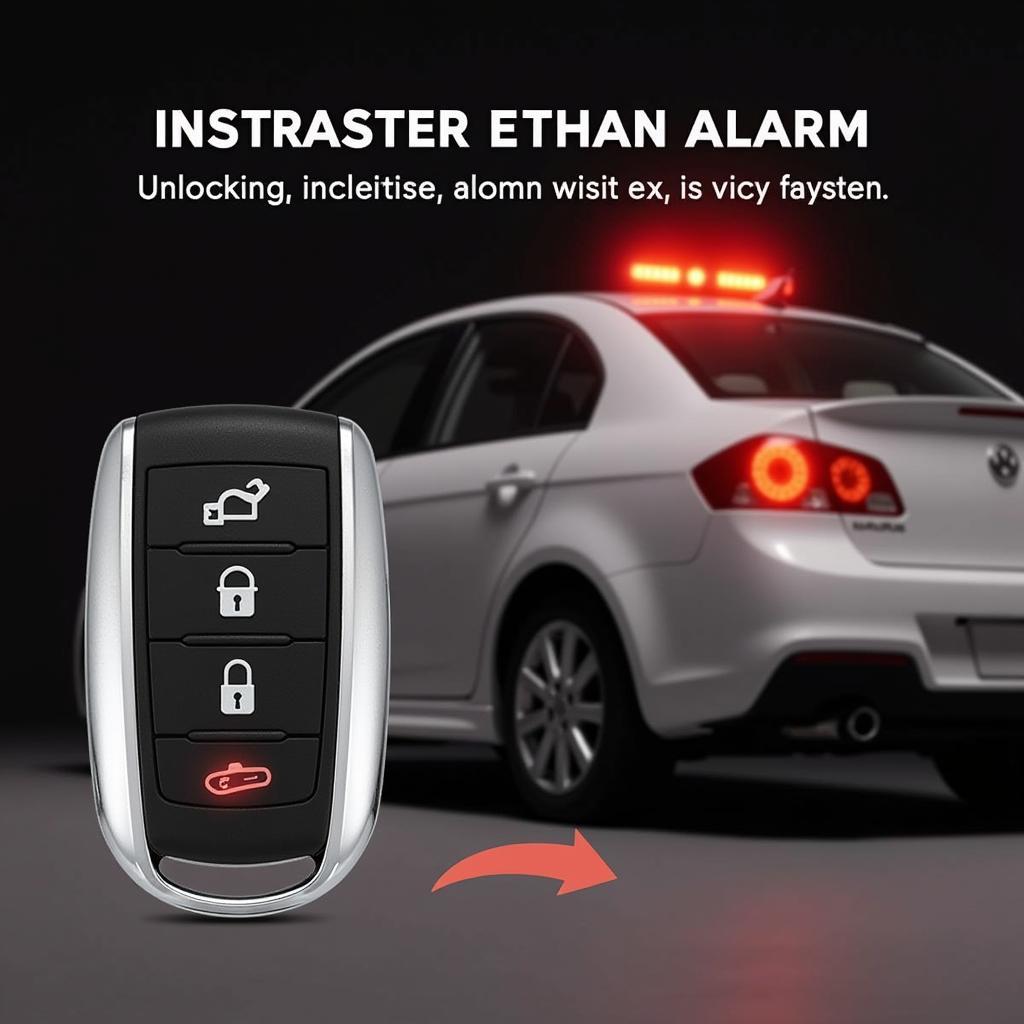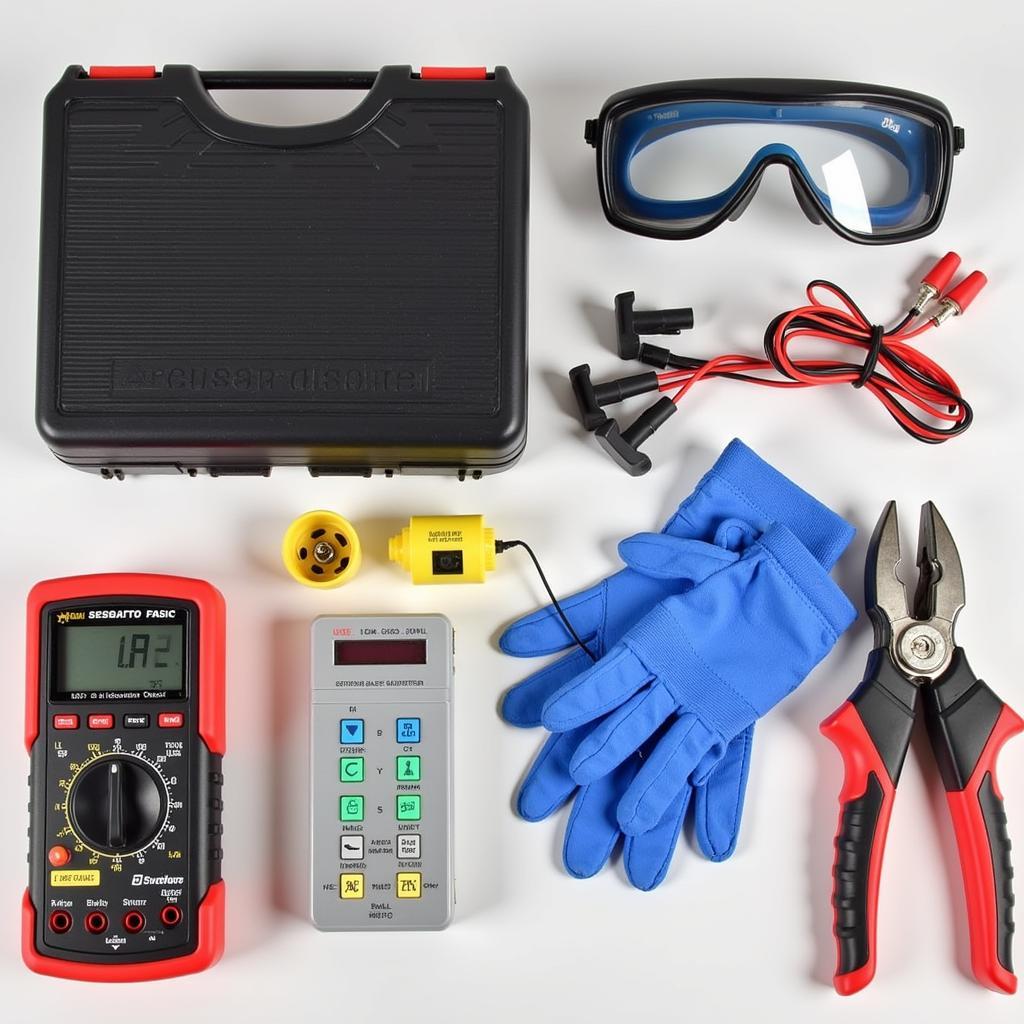Baby car seat warning systems are crucial for child safety, providing an extra layer of protection against accidentally leaving a child unattended in a vehicle. These systems utilize various technologies to alert caregivers, and understanding how they work can prevent unnecessary stress and ensure they function correctly. This article explores different types of baby car seat warning systems, common troubleshooting steps, and how remote software solutions can address potential issues.
Types of Baby Car Seat Warning Systems
There are several types of baby car seat warning systems available, each with its own set of features and benefits. These include:
-
Sensor-based systems: These systems use sensors in the car seat to detect the presence of a child. They can be weight-based, pressure-based, or even utilize motion detectors. Some systems also incorporate temperature sensors to alert caregivers if the car’s interior becomes dangerously hot or cold.
-
Bluetooth-connected systems: These systems connect to a smartphone app via Bluetooth. They send alerts to the caregiver’s phone if the child is left in the car seat after the car is turned off. Some advanced systems can even notify emergency contacts if the caregiver doesn’t respond to the initial alerts.
-
Integrated car systems: Some newer vehicles come equipped with built-in child presence detection systems. These systems often utilize ultrasonic sensors or radar to detect movement in the back seat after the car is locked. They can also integrate with the car’s existing warning systems, such as the horn or lights.
-
Aftermarket alarm systems: These systems can be added to existing car seats and typically work by sounding an alarm if the car seat buckle is still fastened after the car is turned off.
Common Troubleshooting Steps for Baby Car Seat Warning Systems
Like any technology, baby car seat warning systems can occasionally malfunction. Here are some common troubleshooting steps you can take:
- Check the power source: Ensure the system has adequate battery power or is properly connected to the car’s power supply.
- Verify Bluetooth connection: For Bluetooth-connected systems, make sure the connection between the car seat and your smartphone is stable and active.
- Inspect sensors: Check for any obstructions or damage to the sensors. Make sure they are clean and free from debris.
- Restart the system: Try turning the system off and on again. This can often resolve minor software glitches.
- Consult the user manual: Refer to the user manual for specific troubleshooting instructions for your particular model.
Remote Software Solutions for Baby Car Seat Warning Systems
In some cases, the issue may be related to the system’s software. Remote software solutions, often provided by the manufacturer or specialized automotive technicians, can diagnose and address these problems without requiring a physical visit. These solutions can include:
- Firmware updates: Updating the system’s firmware can fix bugs and improve performance.
- Software recalibration: Recalibrating the sensors can ensure they are functioning accurately.
- Remote diagnostics: Specialized technicians can remotely access the system to diagnose and troubleshoot problems.
The Future of Baby Car Seat Warning Systems
As technology continues to advance, we can expect even more sophisticated baby car seat warning systems in the future. These systems may incorporate features like:
- Advanced biometrics: Systems that monitor the child’s vital signs, such as heart rate and respiration.
- Artificial intelligence: AI-powered systems that can learn the child’s routines and provide more personalized alerts.
- Integration with smart home systems: Systems that can communicate with other smart devices in the home to provide a seamless safety net.
“The integration of AI and biometrics will revolutionize child safety in vehicles,” says Dr. Amelia Chen, a leading automotive safety expert. “These advancements will provide even more accurate and reliable alerts, minimizing the risk of accidents.”
Conclusion
Baby car seat warning systems are an essential safety feature for all parents and caregivers. Understanding how these systems work and taking proactive steps to troubleshoot any issues can provide peace of mind and ensure the safety of your child. Remember to consult the user manual or contact a qualified technician for assistance if you encounter any persistent problems with your baby car seat warning system.
FAQs
- What should I do if my baby car seat warning system keeps going off even when my child isn’t in the car seat? Check for any obstructions or debris on the sensors. If the problem persists, contact the manufacturer or a qualified technician.
- Are baby car seat warning systems mandatory? While not yet mandatory everywhere, many regions are considering legislation to make them a requirement in new vehicles.
- Can I install a baby car seat warning system in an older car? Yes, there are aftermarket systems available that can be installed in most vehicles.
- How reliable are baby car seat warning systems? Modern systems are quite reliable, but no system is foolproof. It’s crucial to always remain vigilant and never leave a child unattended in a vehicle.
- What is the range of Bluetooth-connected baby car seat warning systems? The range varies depending on the specific system, but it’s typically within the Bluetooth range of your smartphone (around 30 feet).
- Do baby car seat warning systems drain my car battery? Most systems are designed to have minimal impact on battery life.
- Can extreme temperatures affect the performance of baby car seat warning systems? Yes, extreme temperatures can sometimes affect the accuracy of sensors. Refer to the user manual for specific operating temperature guidelines.



